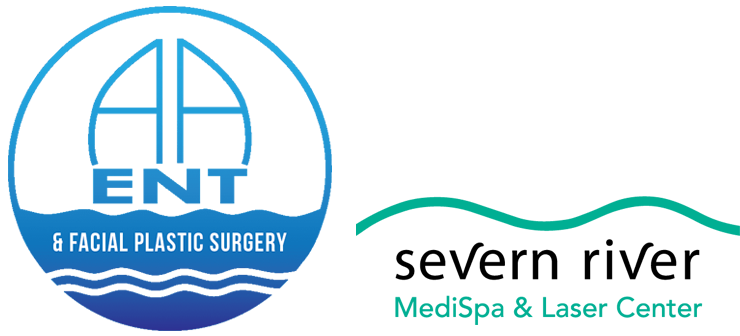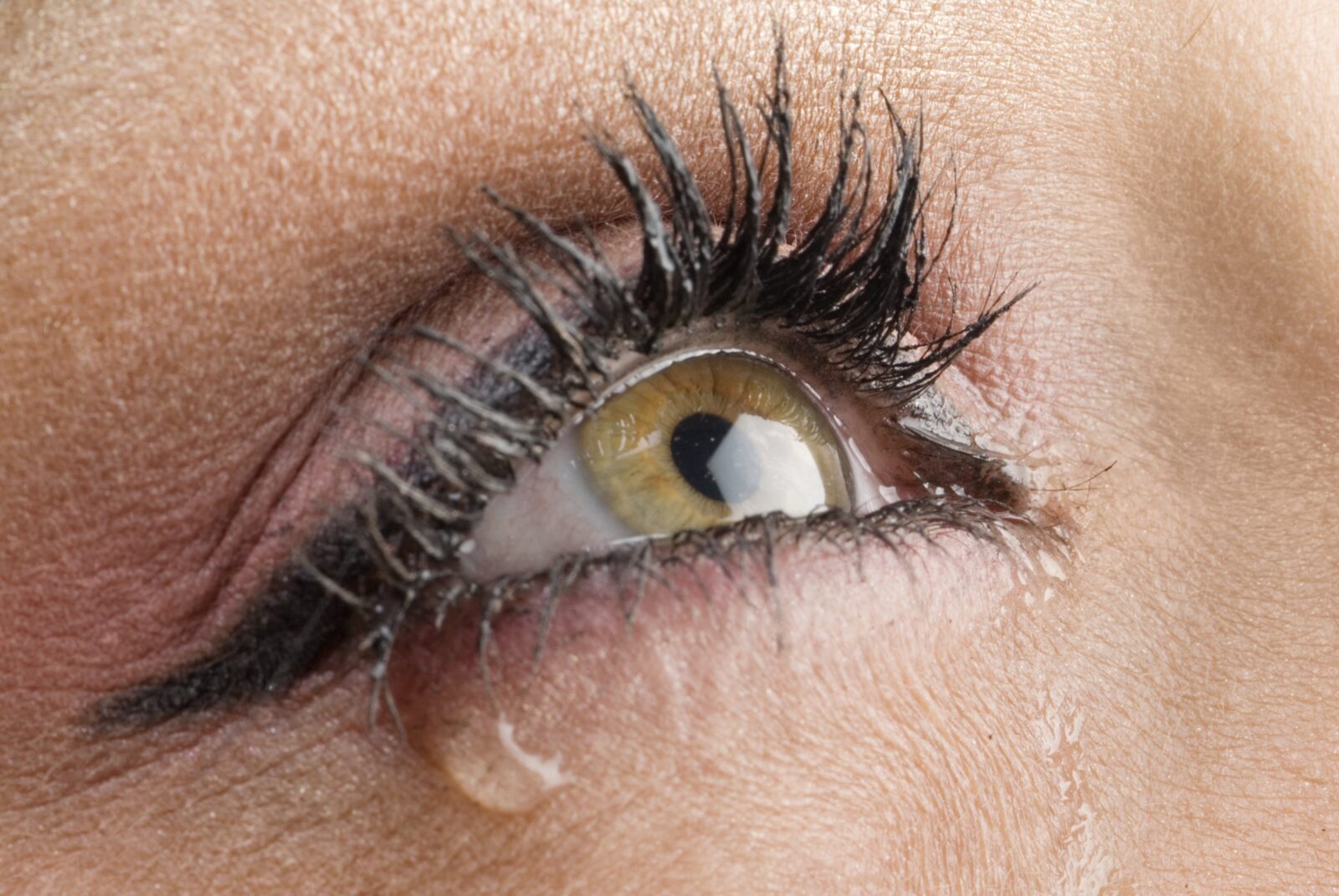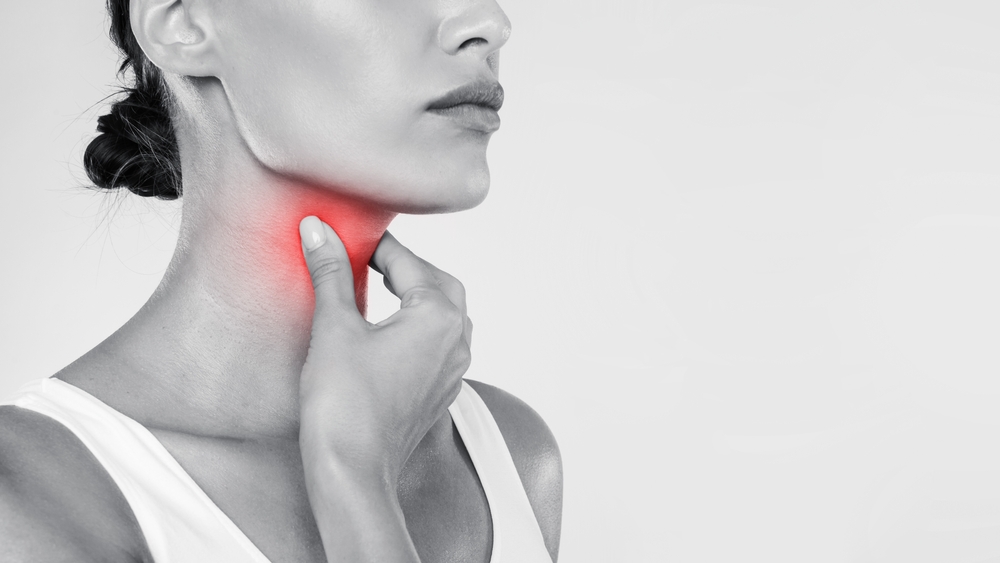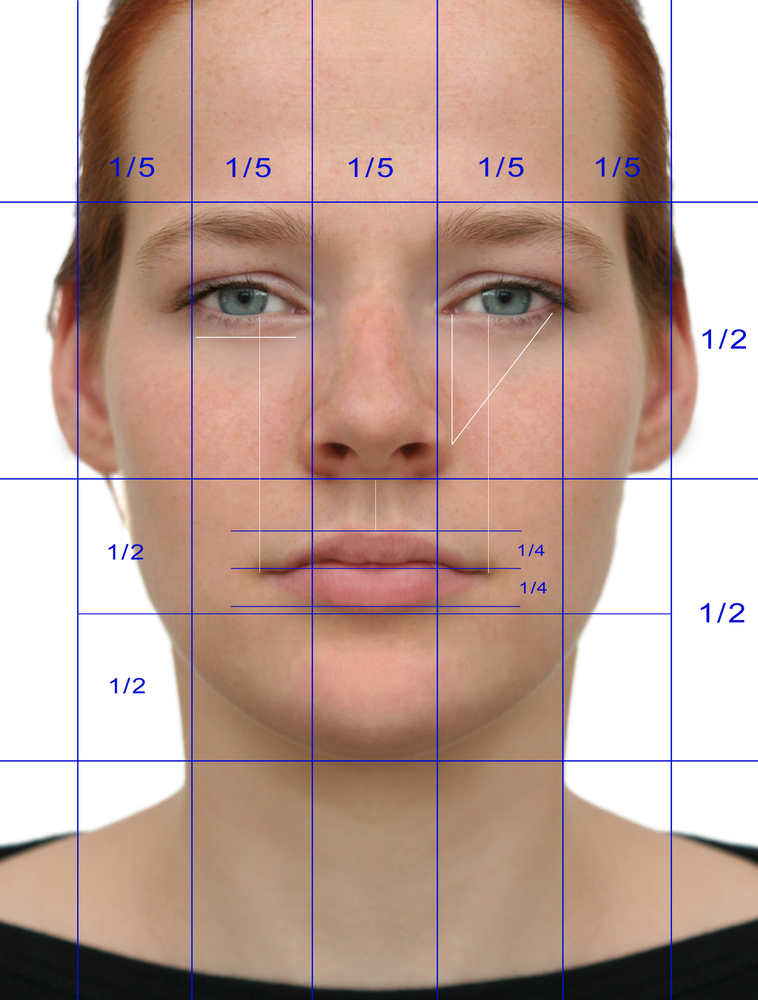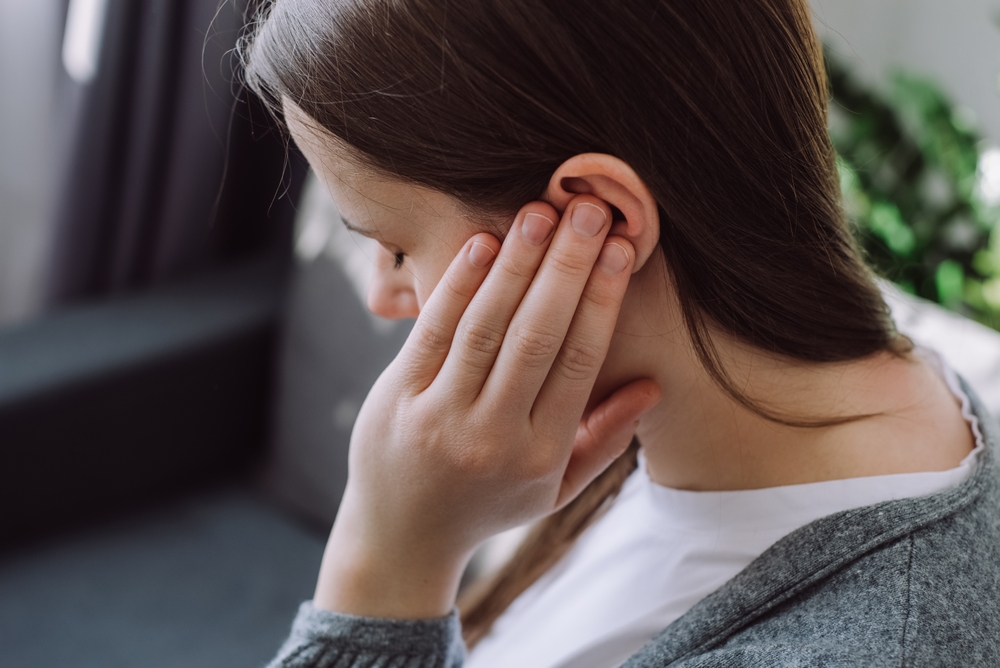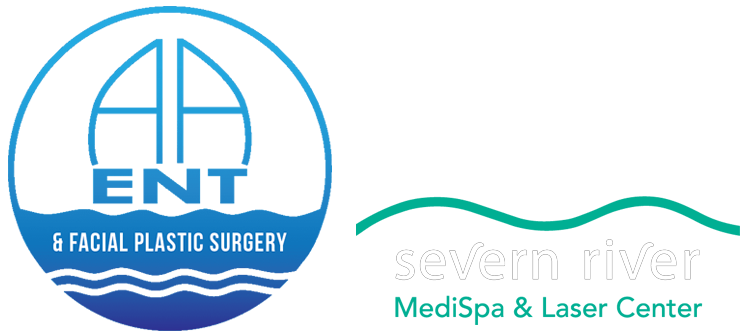Our eyes are not only windows to the world but also essential for our overall aesthetics and vision. Unfortunately, certain conditions can affect the positioning of our eyelids, leading to discomfort and potential complications. In this blog, we will delve into the world of eyelid malposition, exploring its various types, causes, symptoms, and available treatment options.
Understanding Eyelid Malposition
Eyelid malposition refers to an abnormal positioning or alignment of the eyelids, deviating from their normal anatomical position. It can involve the upper eyelid, lower eyelid, or both. Eyelid malposition can manifest in various ways, such as ectropion, entropion, or ptosis.
Ectropion:
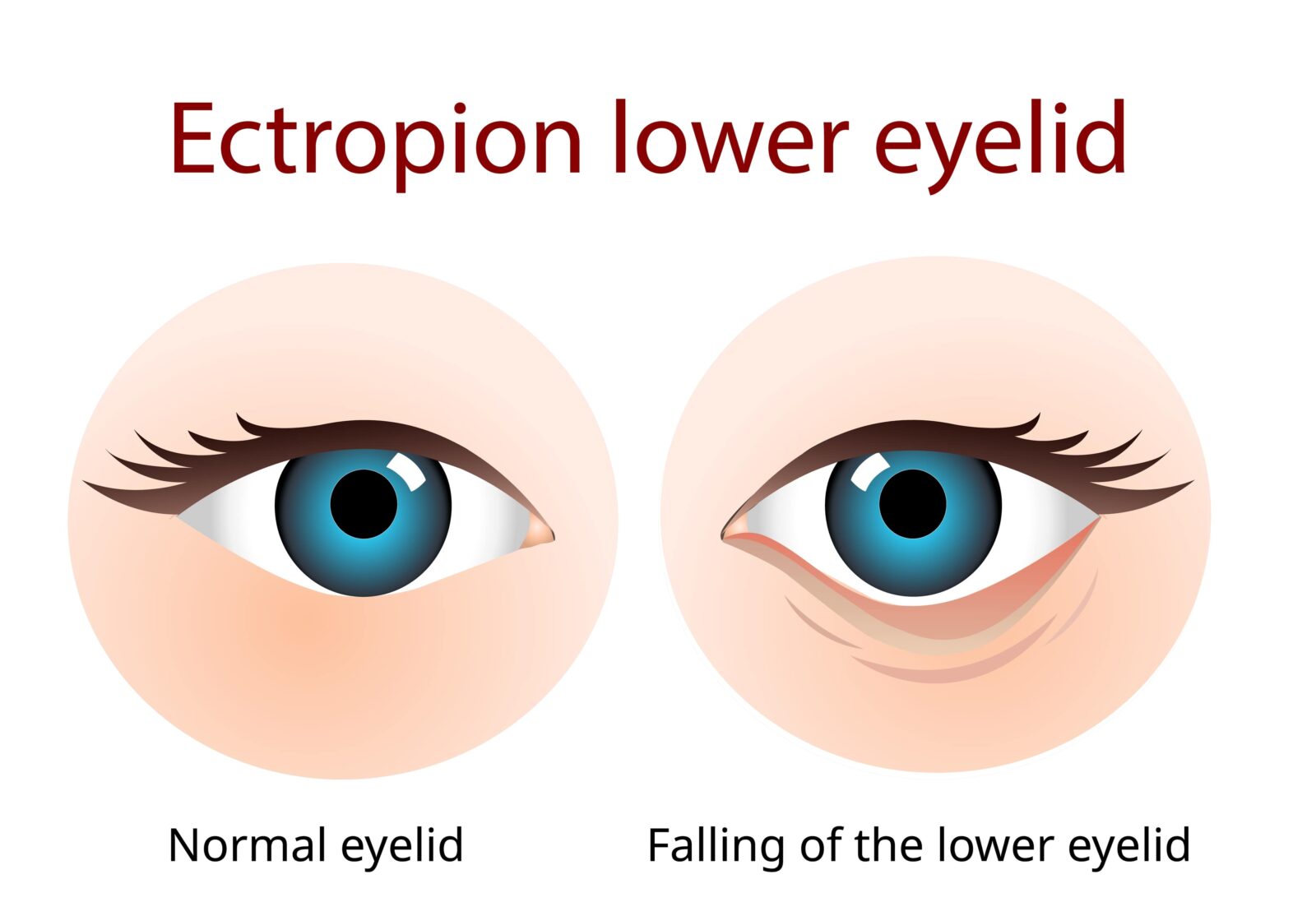
Ectropion occurs when the lower eyelid turns outward, away from the eye. This leads to the exposure of the inner surface of the eyelid, causing symptoms such as excessive tearing, redness, irritation, and sensitivity to wind and sunlight. Ectropion can result from factors like aging, tissue laxity, trauma, or neurological conditions.
Entropion:
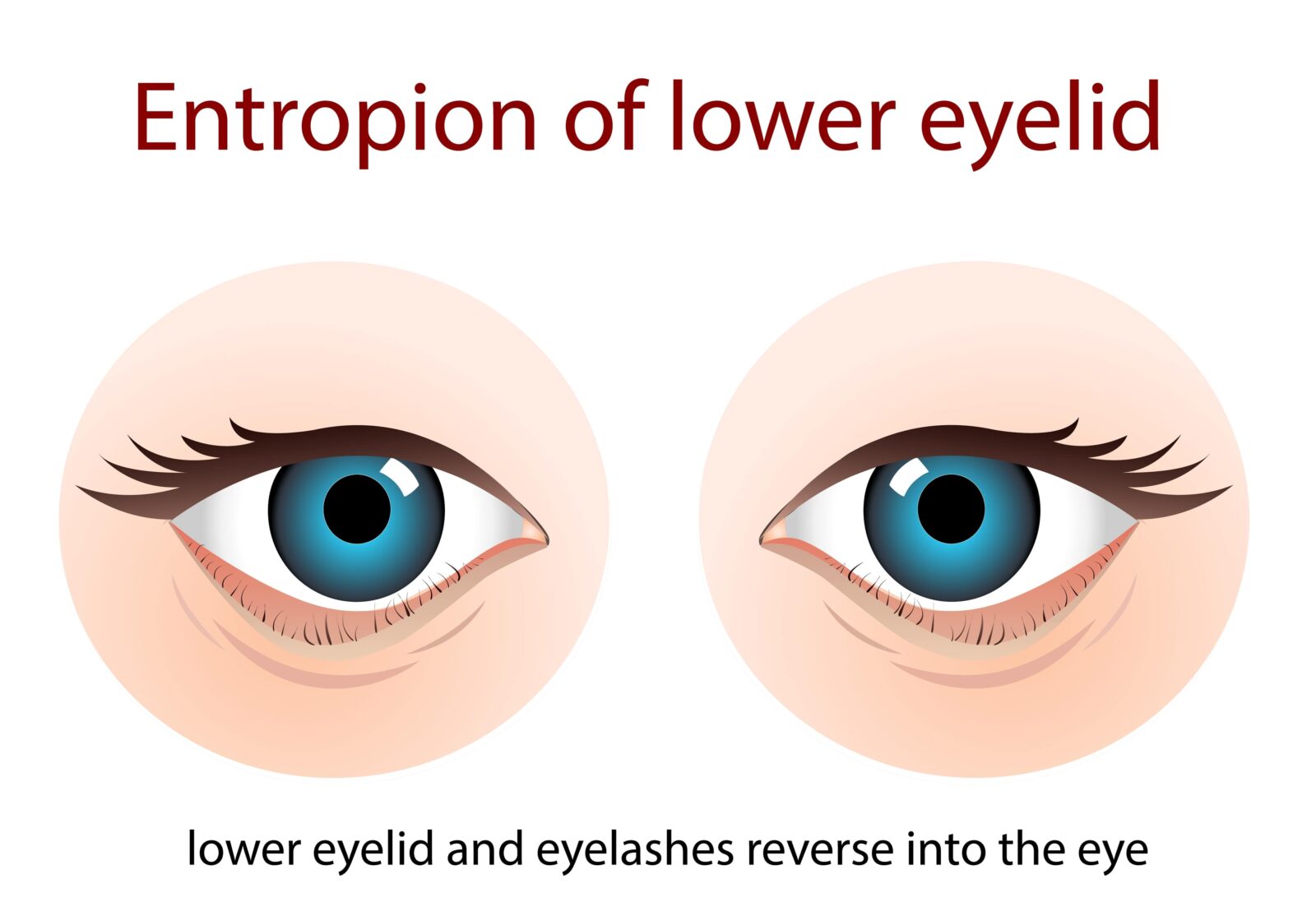
Entropion is characterized by the inward turning of the eyelid, causing the eyelashes and skin to rub against the eye. This rubbing can lead to discomfort, pain, corneal abrasions, and blurry vision. Entropion can be caused by factors such as age-related changes, scarring, previous eye surgeries, or certain genetic conditions.
Ptosis:
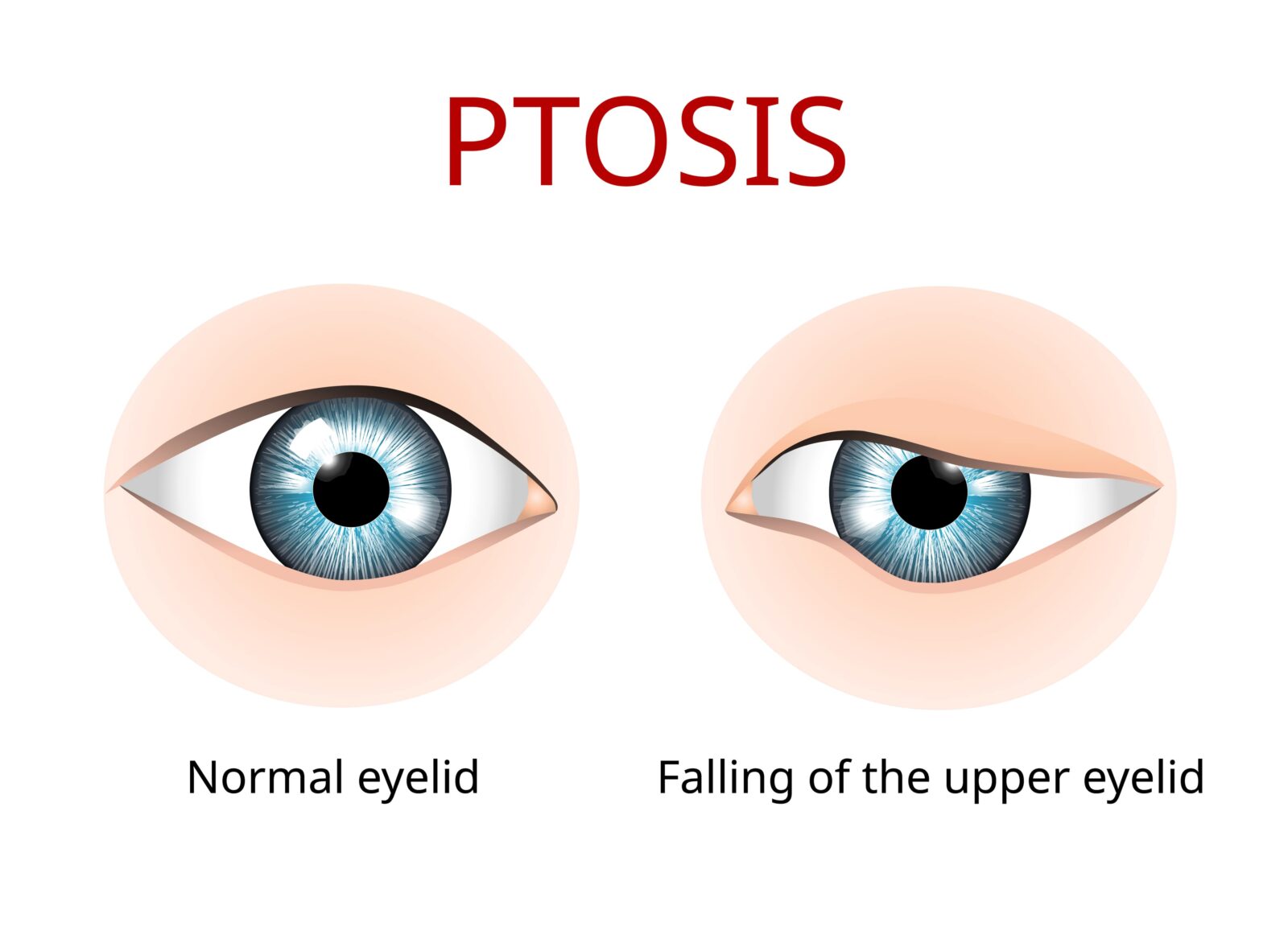
Ptosis refers to the drooping or sagging of the upper eyelid, resulting in a partially or fully obscured field of vision. Ptosis can be congenital (present at birth) or acquired due to factors like aging, muscle weakness, nerve damage, or trauma. Besides visual impairment, ptosis can also affect one’s appearance, making them appear tired or fatigued.
Eyelid malposition can have functional and cosmetic implications. It may lead to discomfort, visual disturbances, increased susceptibility to eye infections, and a negative impact on self-esteem. Prompt diagnosis and appropriate treatment, which may include non-surgical interventions or surgery, can help correct eyelid malposition and improve both eye health and aesthetics.
Treatment Options for Eyelid Malposition
A plastic surgeon plays a crucial role in the treatment of eyelid malposition. They specialize in surgical interventions aimed at correcting and restoring the proper alignment and function of the eyelids. The specific treatment approach depends on the type and severity of the eyelid malposition. Here are some common techniques employed by plastic surgeons:
Ectropion repair:
For ectropion, where the lower eyelid turns outward, the plastic surgeon will perform a procedure to tighten the eyelid and restore its normal position. This typically involves making an incision along the affected eyelid and tightening the supporting structures, such as the eyelid muscles and tendons. In some cases, additional procedures, such as skin grafting, may be necessary to achieve optimal results.
Entropion repair:
To correct entropion, where the eyelid turns inward, the plastic surgeon will perform a procedure to reposition the eyelid and prevent the lashes and skin from rubbing against the eye. This usually involves tightening the eyelid tissues and sometimes reattaching or shortening the eyelid muscles. The surgeon may also remove excess skin or scar tissue if present.
Ptosis surgery:
Ptosis surgery aims to correct the drooping or sagging of the upper eyelid. The plastic surgeon will carefully evaluate the underlying cause of ptosis, which may involve issues with the levator muscle or its attachments. The surgical technique will vary based on the specific cause. It typically involves making incisions in the natural creases of the eyelid, repositioning or tightening the muscles, and removing or repositioning excess tissue if needed.
During these procedures, the plastic surgeon will use their expertise to ensure precise adjustments and maintain the natural appearance of the eyelids. They will consider factors such as the patient’s unique anatomy, desired outcomes, and any associated aesthetic concerns. Additionally, the plastic surgeon will provide guidance on post-operative care and recovery. After eyelid malposition surgery, the plastic surgeon will provide detailed instructions to promote proper healing and optimize the results.
In Conclusion
In conclusion, plastic surgeons play a crucial role in the treatment of eyelid malposition. Through their expertise in surgical interventions, they can correct the alignment and function of the eyelids, addressing conditions such as ectropion, entropion, and ptosis. With meticulous surgical techniques and personalized treatment plans, plastic surgeons strive to restore both the functionality and aesthetics of the eyelids. By providing post-operative care guidance and monitoring the healing process, they ensure the best possible outcomes for their patients. If you’re experiencing eyelid malposition, consulting with a skilled plastic surgeon can help you regain proper eyelid alignment, alleviate discomfort, improve visual function, and enhance your overall appearance.
